Costa Rica
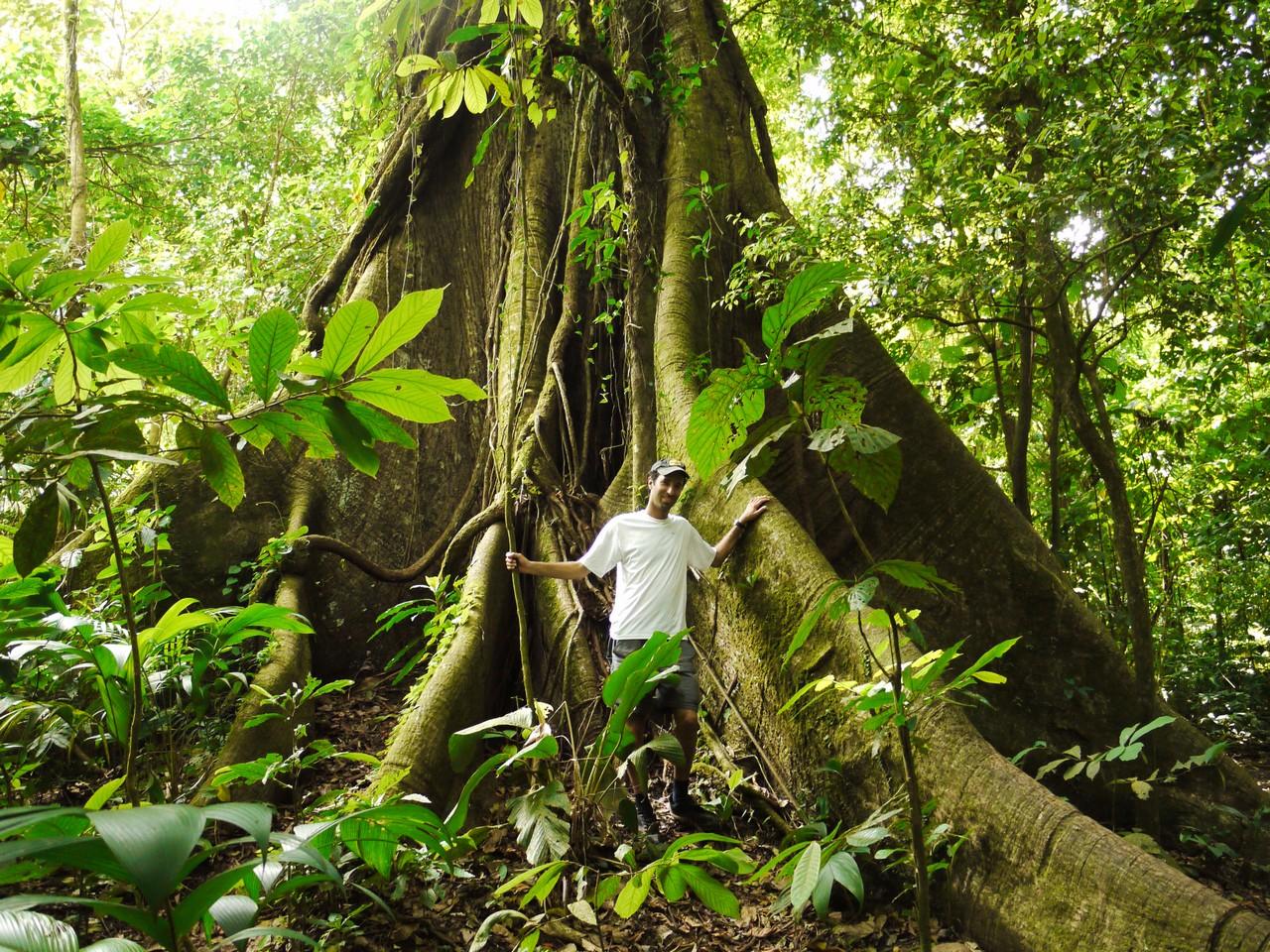 Ceibo tree, Parque Nacional Volcan Arenal
Ceibo tree, Parque Nacional Volcan Arenal
Pure Life
Costa Rica - love it or hate it. We loved it!
So yeah, with not much indigenous culture and few colonial remains, it’s not everyone’s perfect destination. It has more high-end restaurants than street-food stalls, and way too many SUVs. Some people complain that it isn’t “authentic”, but that’s unfair - Costa Rica is a perfectly authentic Costa Rica, and should be appreciated for what it is.
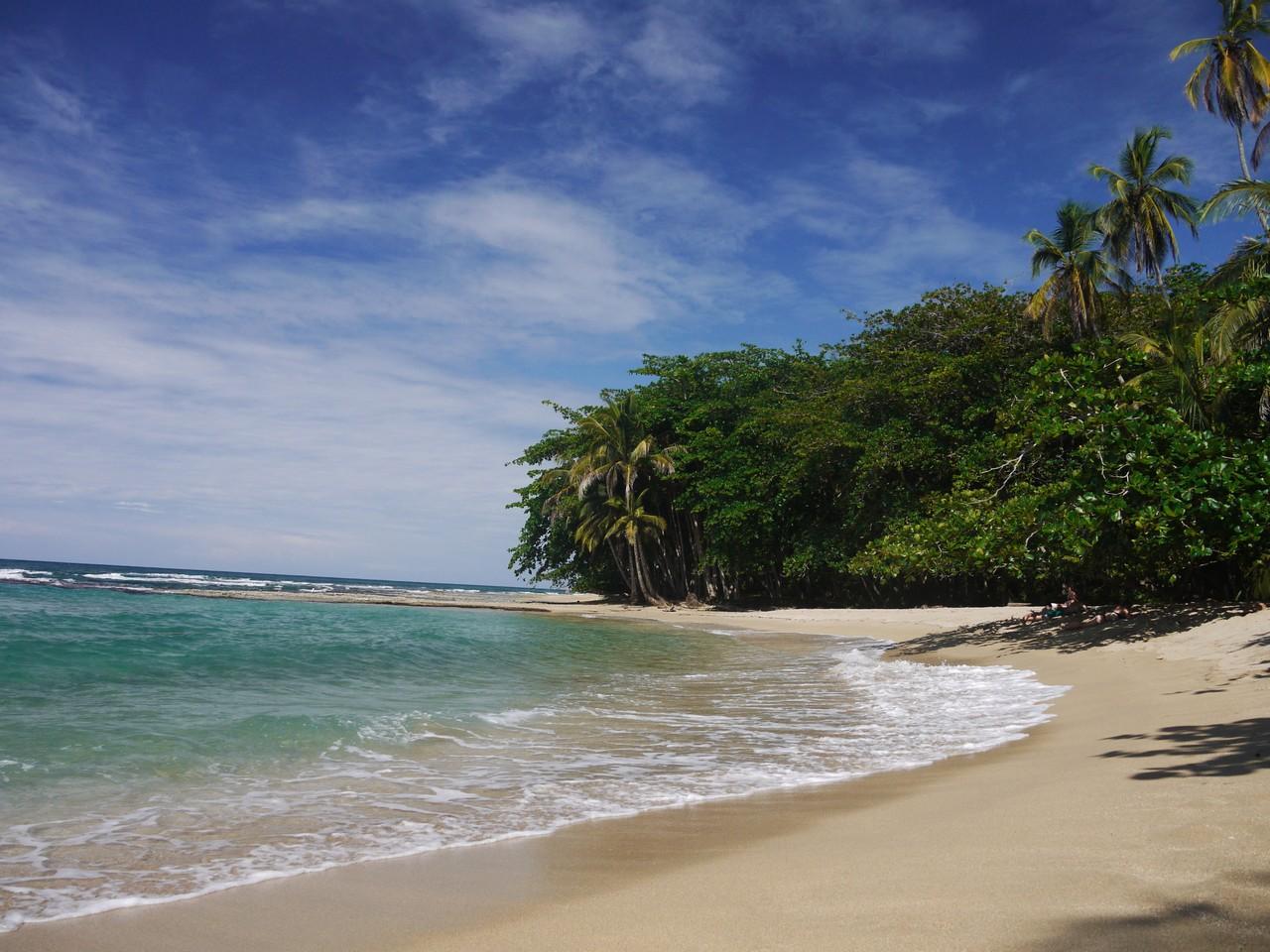 Playa Chiquita, near Puerto Viejo
Playa Chiquita, near Puerto Viejo
Take your average Central American country. Now solve the massive poverty, educate the population, put an end to the civil wars, and clean up all the trash. The result is Costa Rica, “the best country in Central America” according to an aging Guatemalan lawyer we’d met in Antigua. Democracy is uninterrupted since 1949, corruption is low, the roads are safe to travel, the water is safe to drink, and protected nature reserves are actually protected.
The country is not without its share of problems. Much of its “green” image is greenwash: recycling is patchy, plastic bags rule the land, and everyone drives around in large cars. Many rural families still live in improvised shacks, and the capital San Jose is considered dull and not very safe by locals and visitors alike.
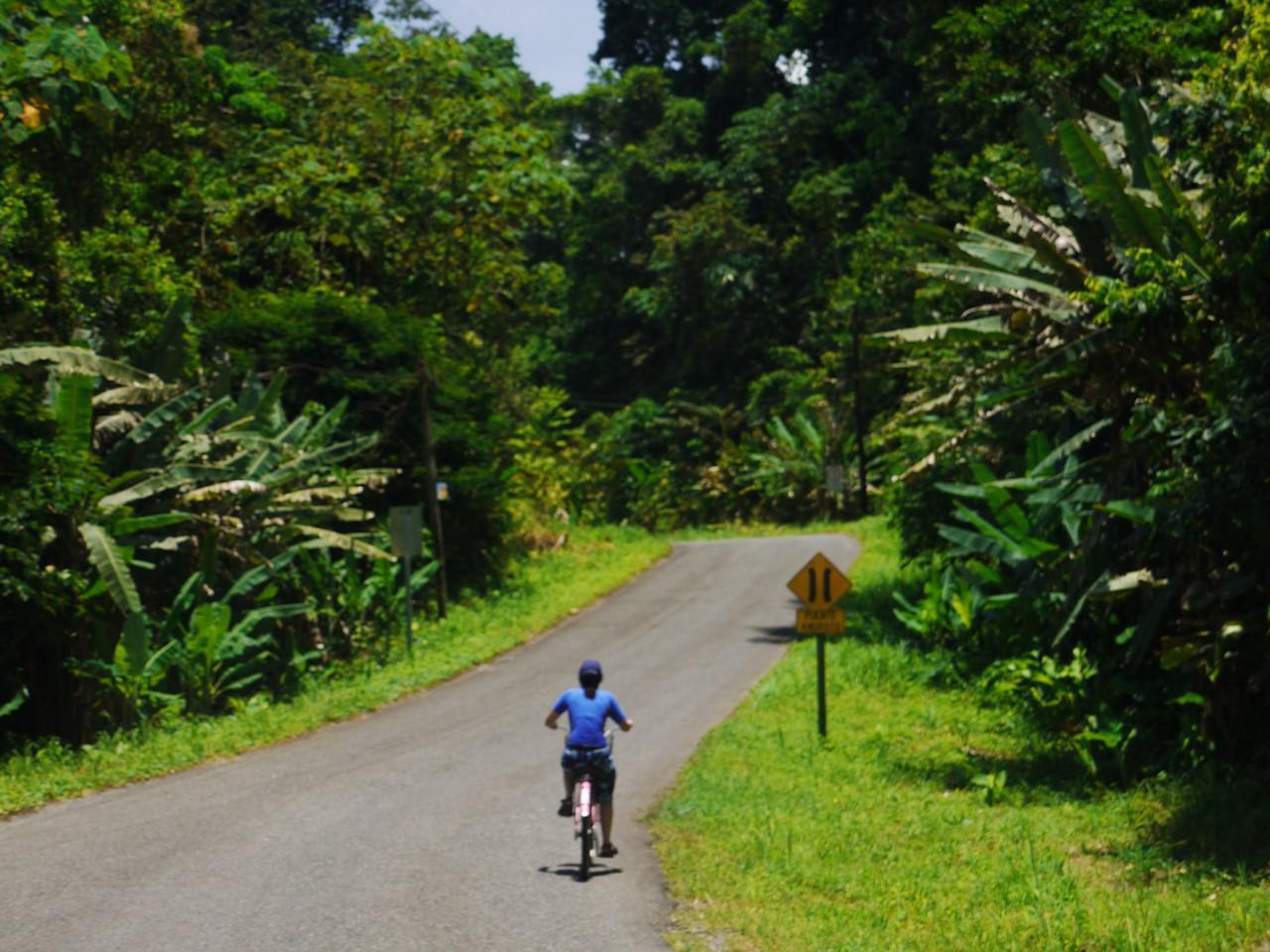 Road to Manzanillo
Road to Manzanillo
Ticos are predominantly white, but they are definitely latinos. They eat gallo pinto for breakfast, they speak Spanish (with their own accent and expressions, including the famous pura vida), they are mostly Catholic and they celebrate Holy Week by going to the beach.
As far as we’re concerned, it’s four thumbs up for Costa Rica. We had a great short stay there, and will look forward to exploring more on a return visit.
The Waitress
 Volcan Arenal
Volcan Arenal
We visited a restaurant in Monteverde that specializes in upscale versions of typical regional cuisine. We’d previously been to a similar place in Honduras. They serve the usual chicken-tortilla-rice-and-beans recipes that you’d find in any local eatery, but they pay careful attention to ingredients, preparation, flavouring and presentation. They also charge five to ten times as much as the eateries, but it’s worth paying the premium once in a while to remember how delicious this food can be with a little bit of care.
The waitress came by to take our order. She addressed us in very good English. We read our selections from the English-language menu, and she copied the Spanish names into her notepad in slow, meticulous handwriting. After this was done, we had a few questions. Like, what is you name, miss? She told us her name. And how old are you? Seven, she said. And how long have you been studying English? Two years.
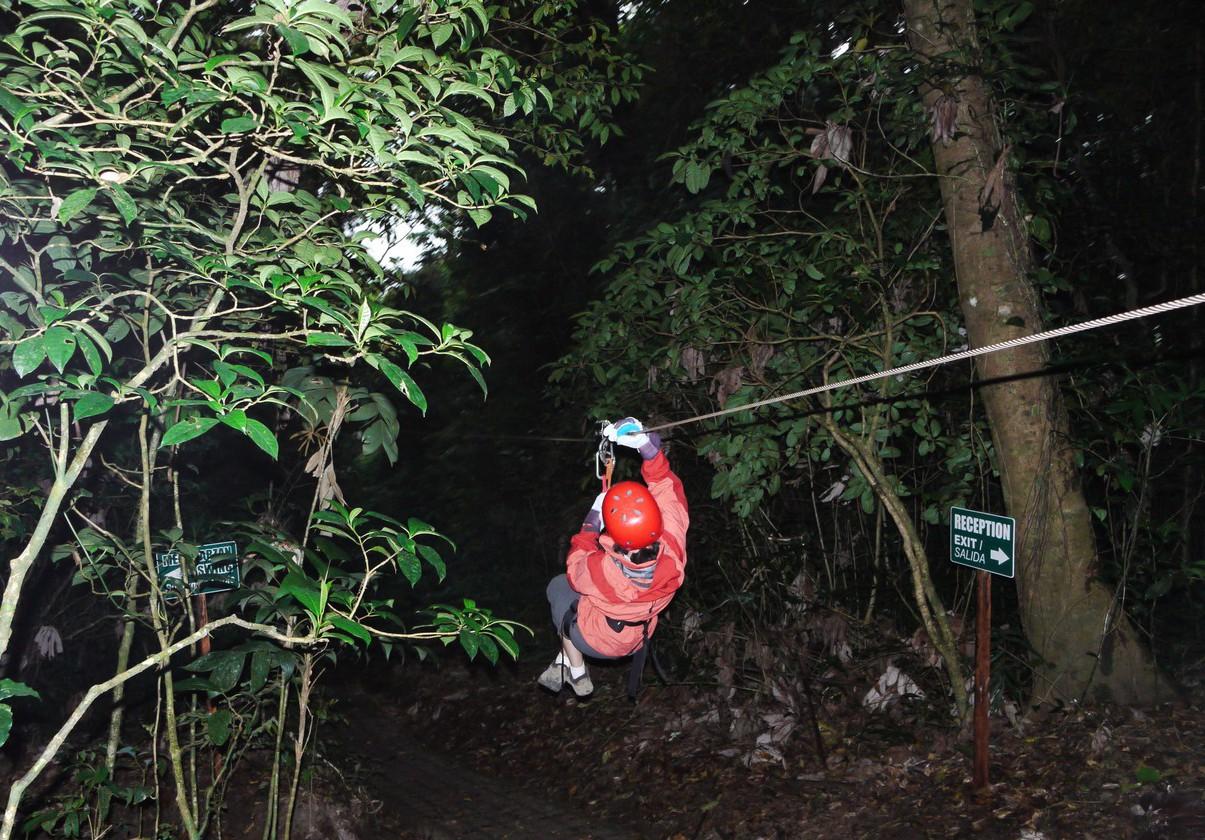 Canopy tour, Monteverde
Canopy tour, Monteverde
When she wasn’t coming by to check if we needed more food, our waitress was bouncing on the chairs and tables all over the restaurant and having a swell time. Normally we are wary of under-age labour in this part of the world, and as consumers we try to make choices that do not reward it. But in this case the child’s schooling seems to be on track, and she also has ample time to play, so maybe it’s okay.
Soundtrack
We finally tracked down the song that has been playing on the radio since the beginning of this journey. It’s called El Verdadero Amor Perdona, by Mexican band Maná. Here is the video below. Not exactly a groundbreaking artistic achievement, but listen to it again and again over three months and eventually it will stick.
Holy Week
Our time in Costa Rica overlapped with Latin America’s biggest annual holiday: Semana Santa (Holy Week), the week leading up to Easter. Families save up all year for the festivities. Up north, in Mexico and Guatemala, Holy Week is marked by processions, festivals, church services, flowers, costumes and the like. But further south, it’s mostly about the beach. Every travel guide to the region will warn you that during Semana Santa, any location close to water will be packed, prices go way up, and places to stay can be fully booked weeks in advance.
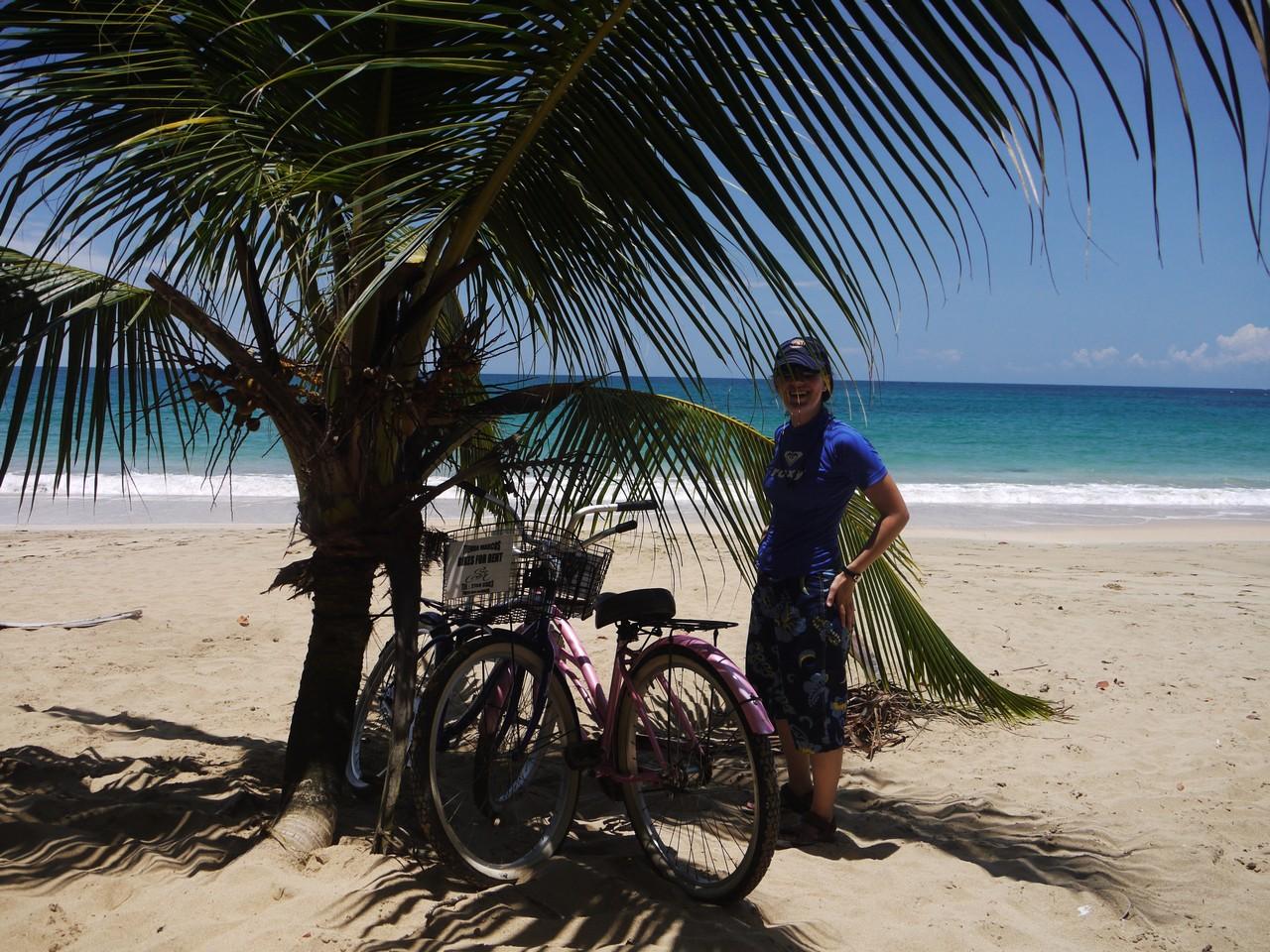 Playa Uva, near Puerto Viejo
Playa Uva, near Puerto Viejo
Our war plan for Semana Santa consisted of three stages. First, we hit the pacific beaches at San Juan del Sur, Nicaragua, ahead of the onslaught. Then we cross the border to Costa Rica and spend the week as far from the beach as possible - in the cloud forests around Monteverde, and at La Fortuna near Arenal volcano. Finally we decamp to the Caribbean coast at Puerto Viejo once the cataclysm has passed.
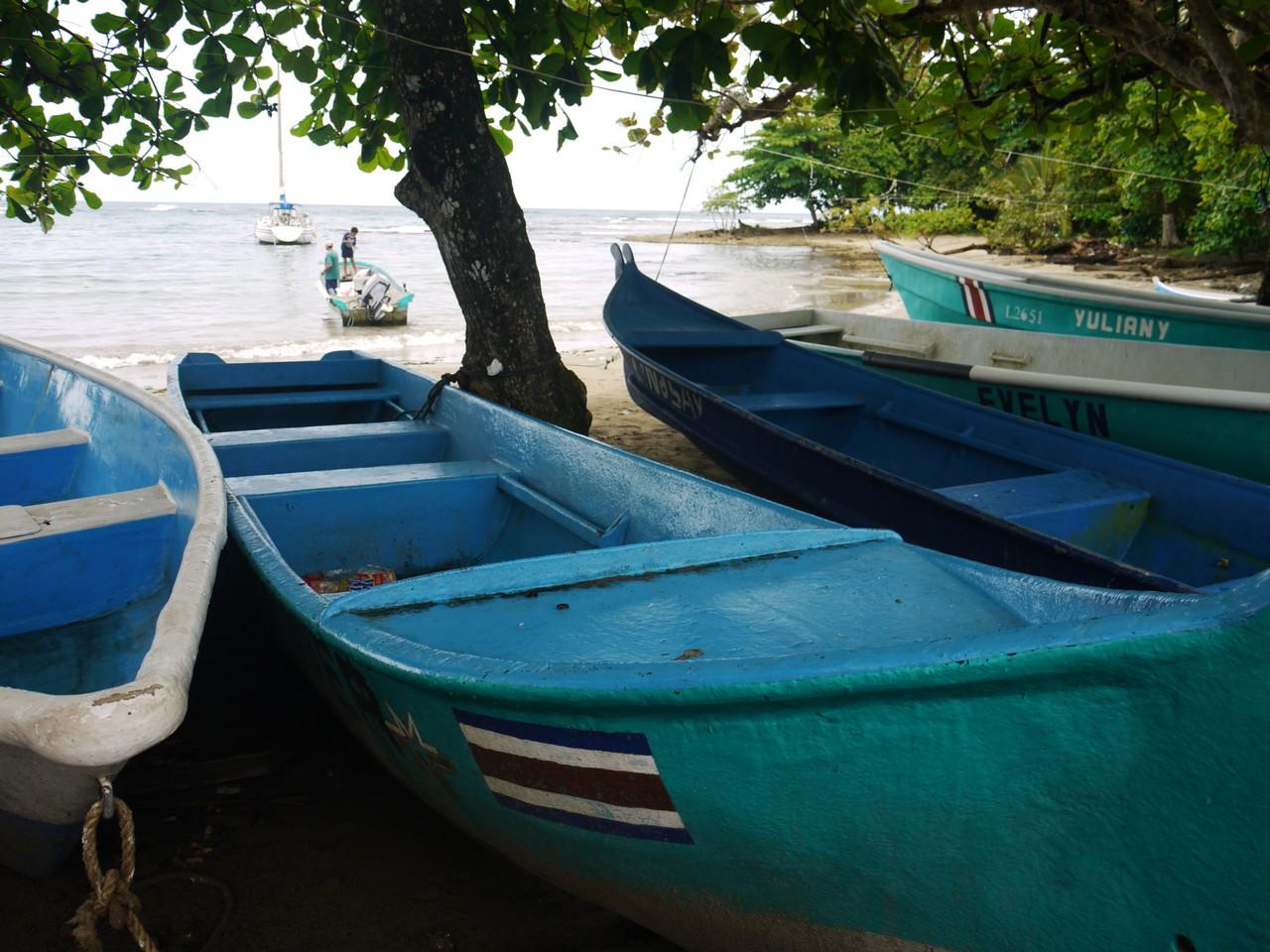 Puerto Viejo
Puerto Viejo
The highlands were not exactly deserted during the holiday, but the scene wasn’t anywhere near as hectic as on the coast. We know, because we saw the aftermath at Puerto Viejo when we arrived there in the afternoon on Easter Sunday. A few beach encampments were still in place, the residents having a last dip in the sea before returning home. Food stalls, video arcades, and live music stages were in various stages of disassembly. Mountains of garbage were everywhere, but since this is Costa Rica, the trash was mostly contained in bags awaiting collection rather than being strewn all over the landscape. Municipal employees were combing the beaches picking up the remaining bottles and scraps. By the following day Puerto Viejo had resumed its usual pace, with the five-toed sloths on the ground moving not much faster than the two-toed sloths up in the trees.
Safari
Some of the wildlife we encountered in Costa Rica.
Toucan
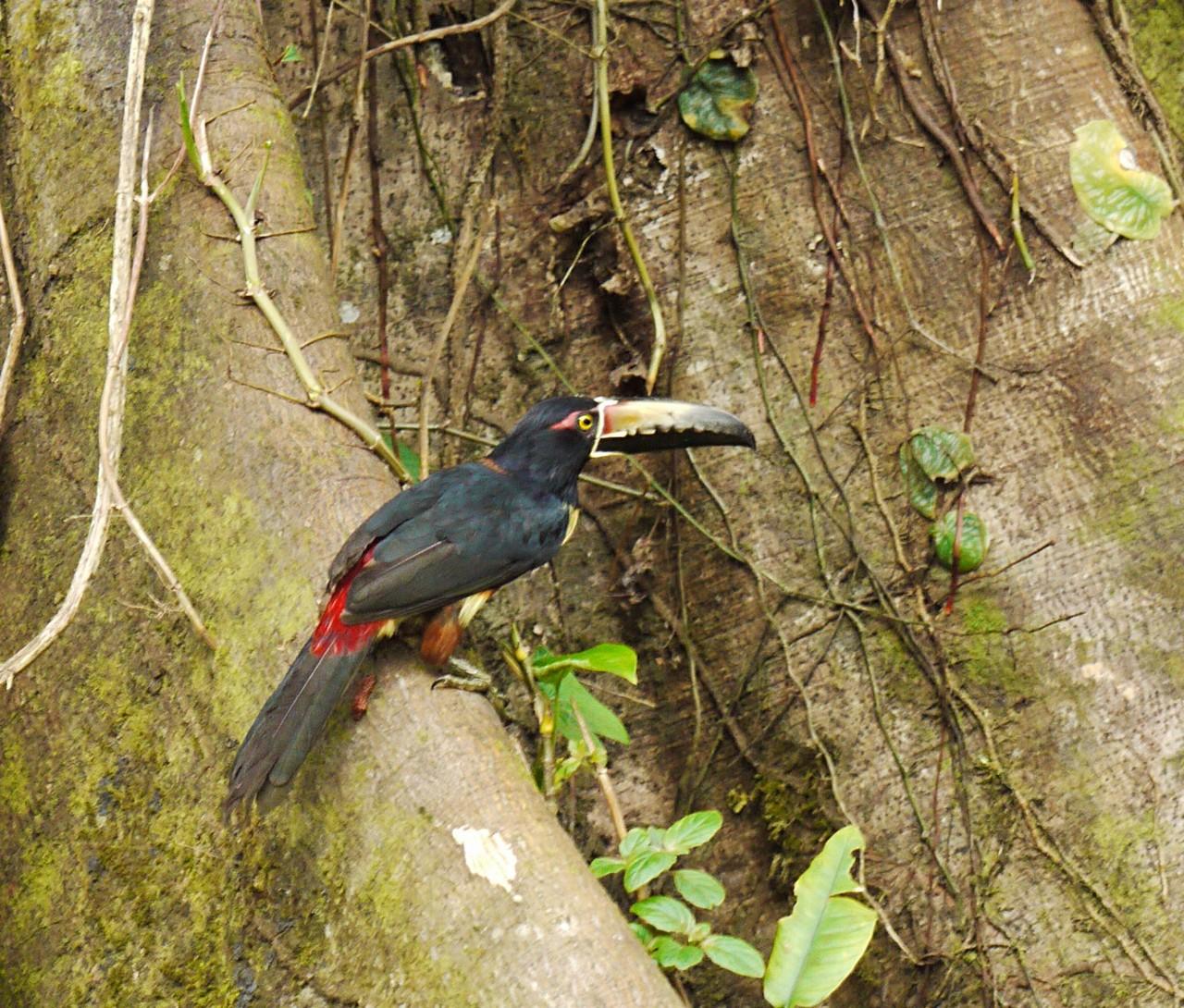
This species of toucan is called collared aracari. They were flying back and forth across the Puerto Viejo-Manzanillo road. We also saw keel-billed toucans, the beautiful national bird of Belize, but only in captivity.
Two-toed sloth
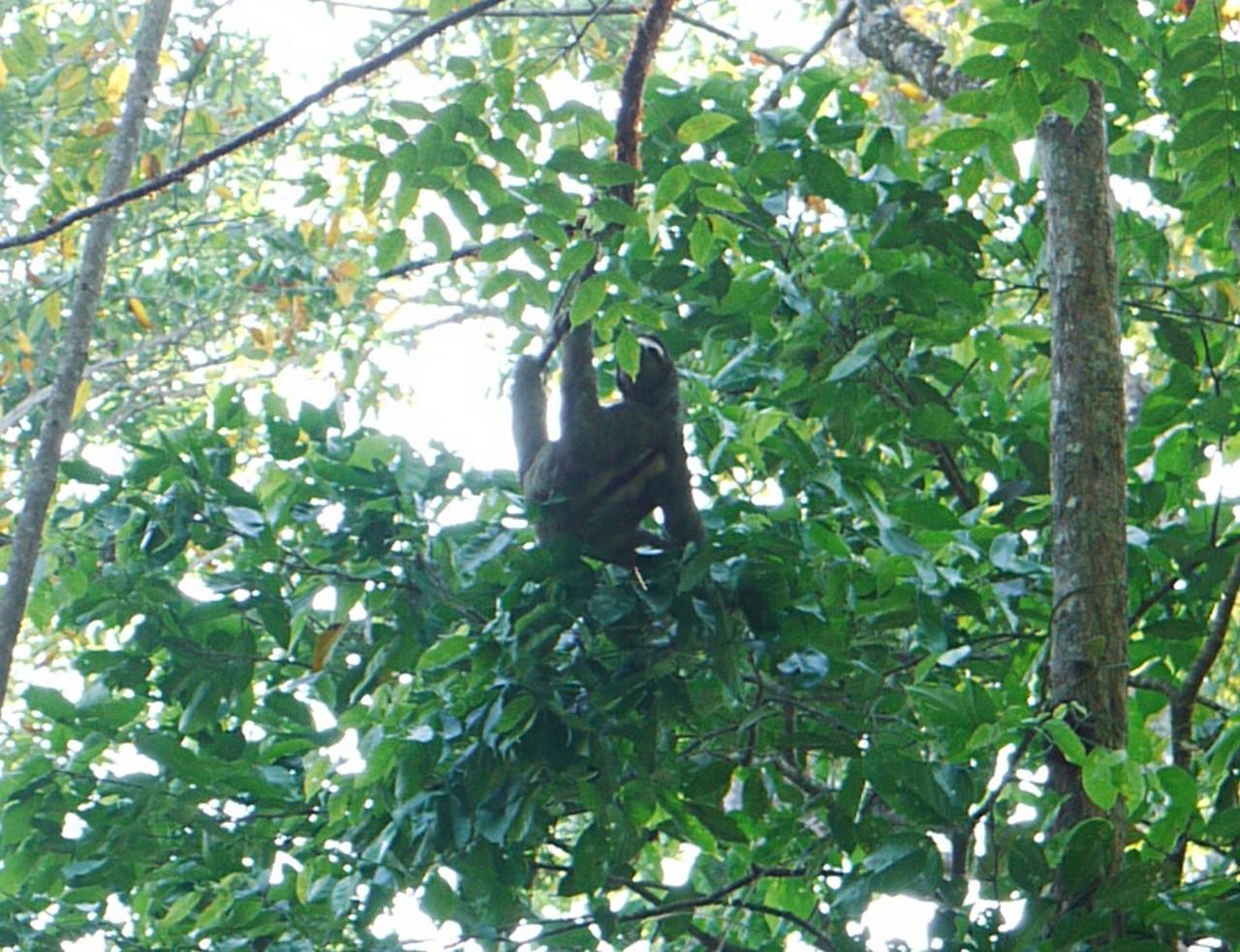
These creatures earned their name by sleeping up to 18 hours per day and not doing very much in-between. They visit ground level once a week to take care of business.
Armadillo
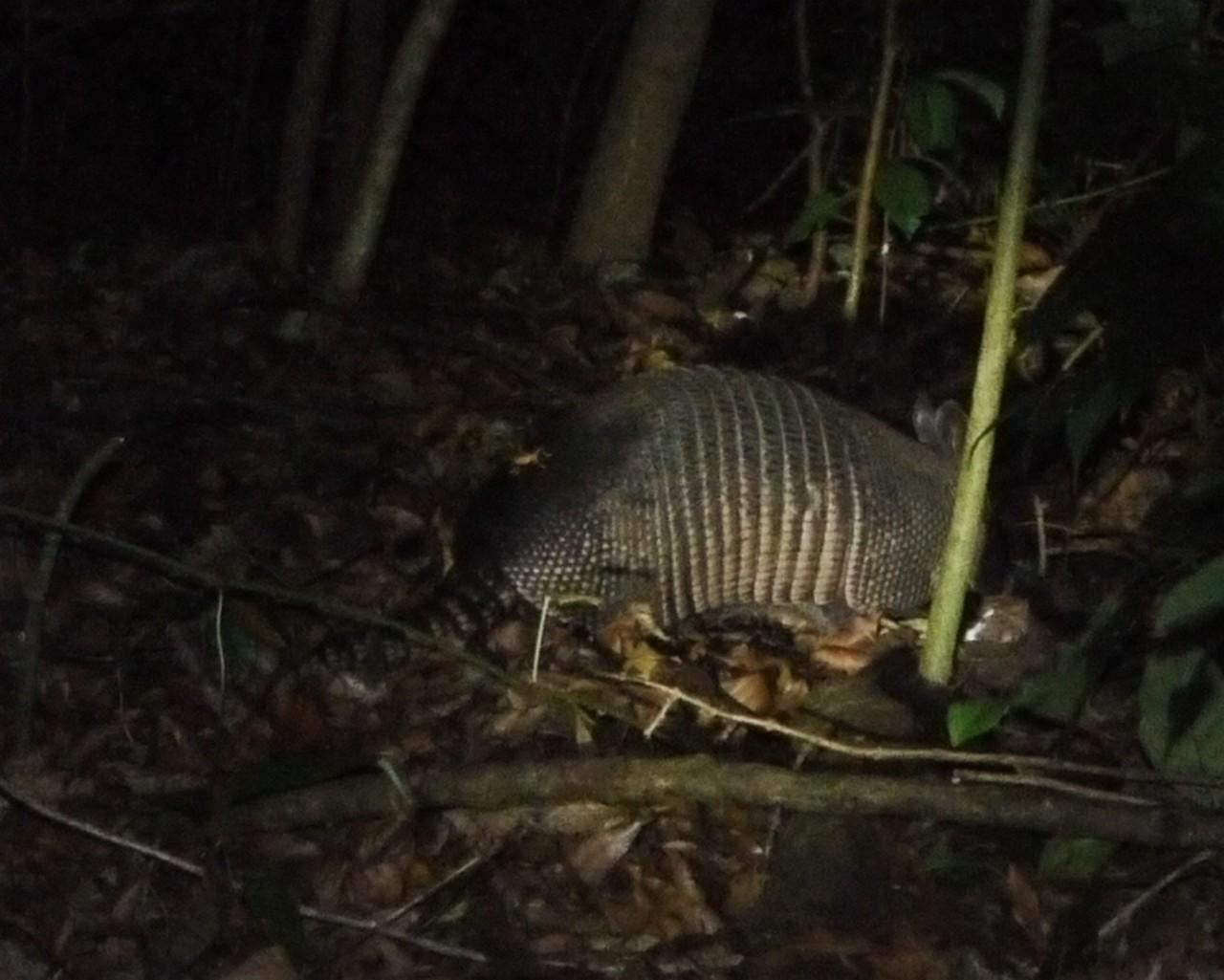
Ancient mammal species, looks kind of like a bulletproof rabbit.
Blue land crab
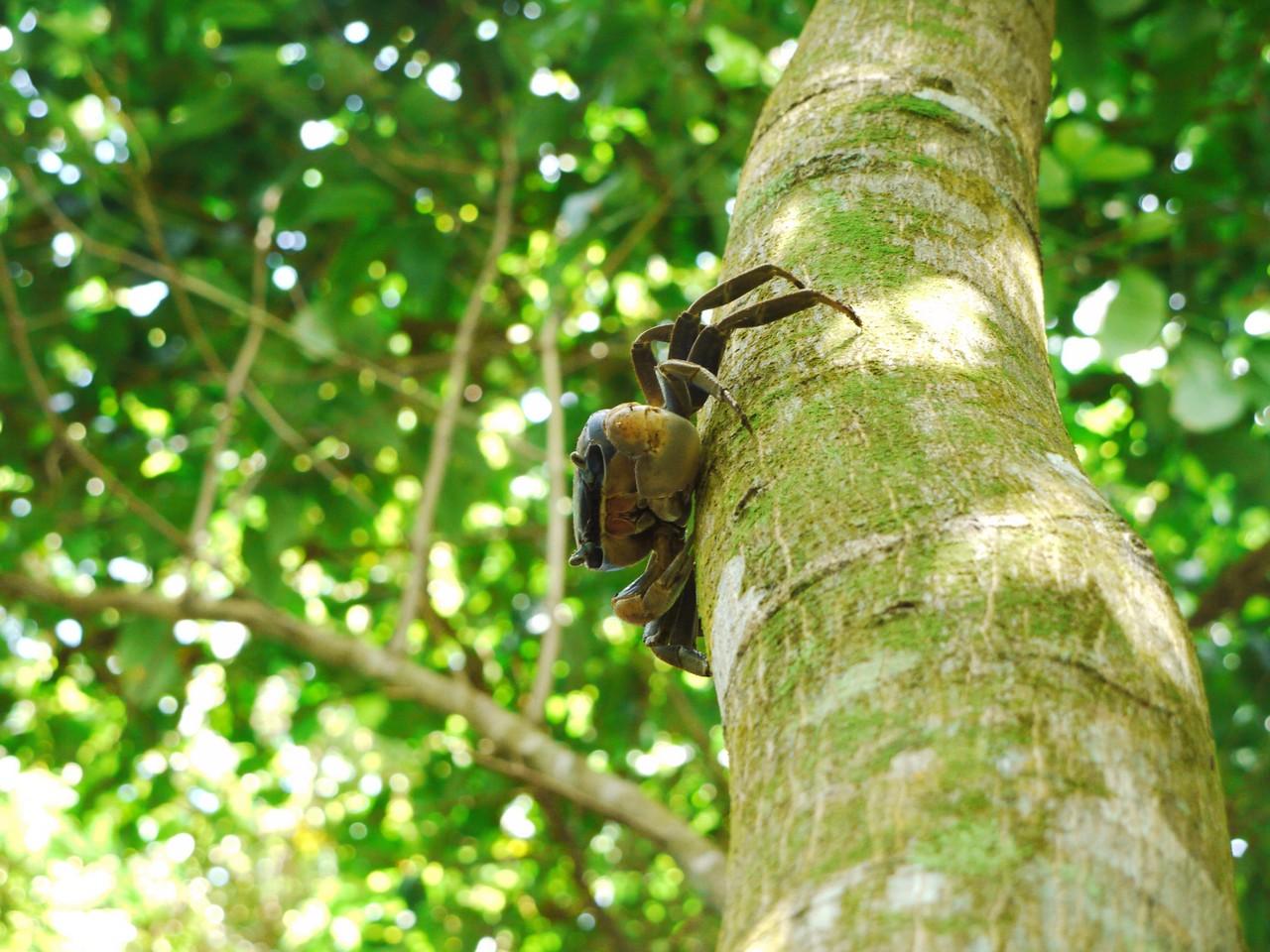
These were all over the place in Puerto Viejo. Watch this clip from The Little Mermaid to learn how to deal with crabs in the kitchen.
Stick insect
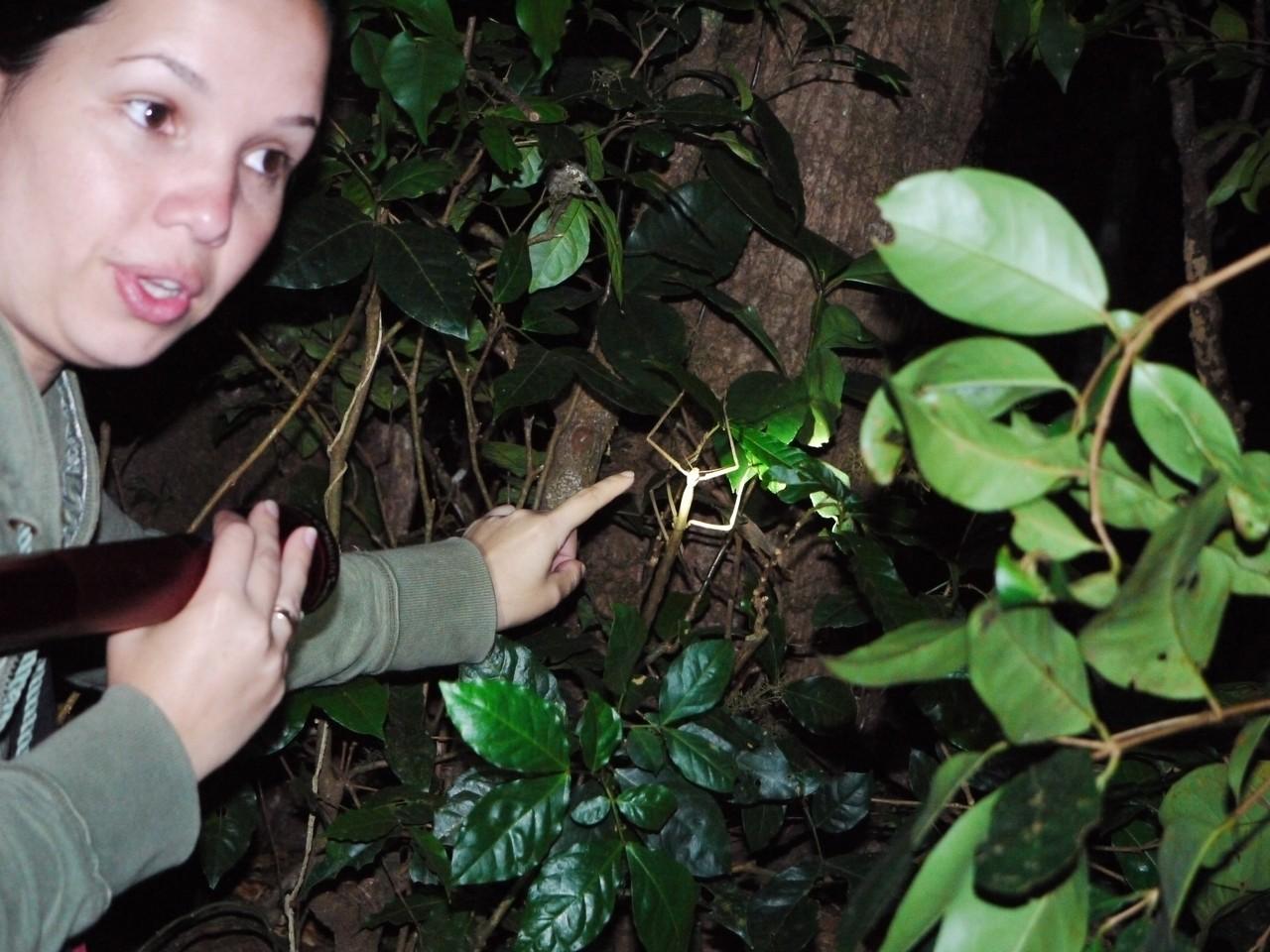
These critters try very hard to look like a twig. The lady in the picture was our guide on a nighttime wildlife spotting hike in Monteverde. It’s impressive how she even finds these things... She would make an excellent hunter-gatherer.
Blue morpho butterfly

These large butterflies are very common in the cloud forest. The opposite side of the wing, which can only be seen during flight, is an almost fluorescent blue.
Leaf insect
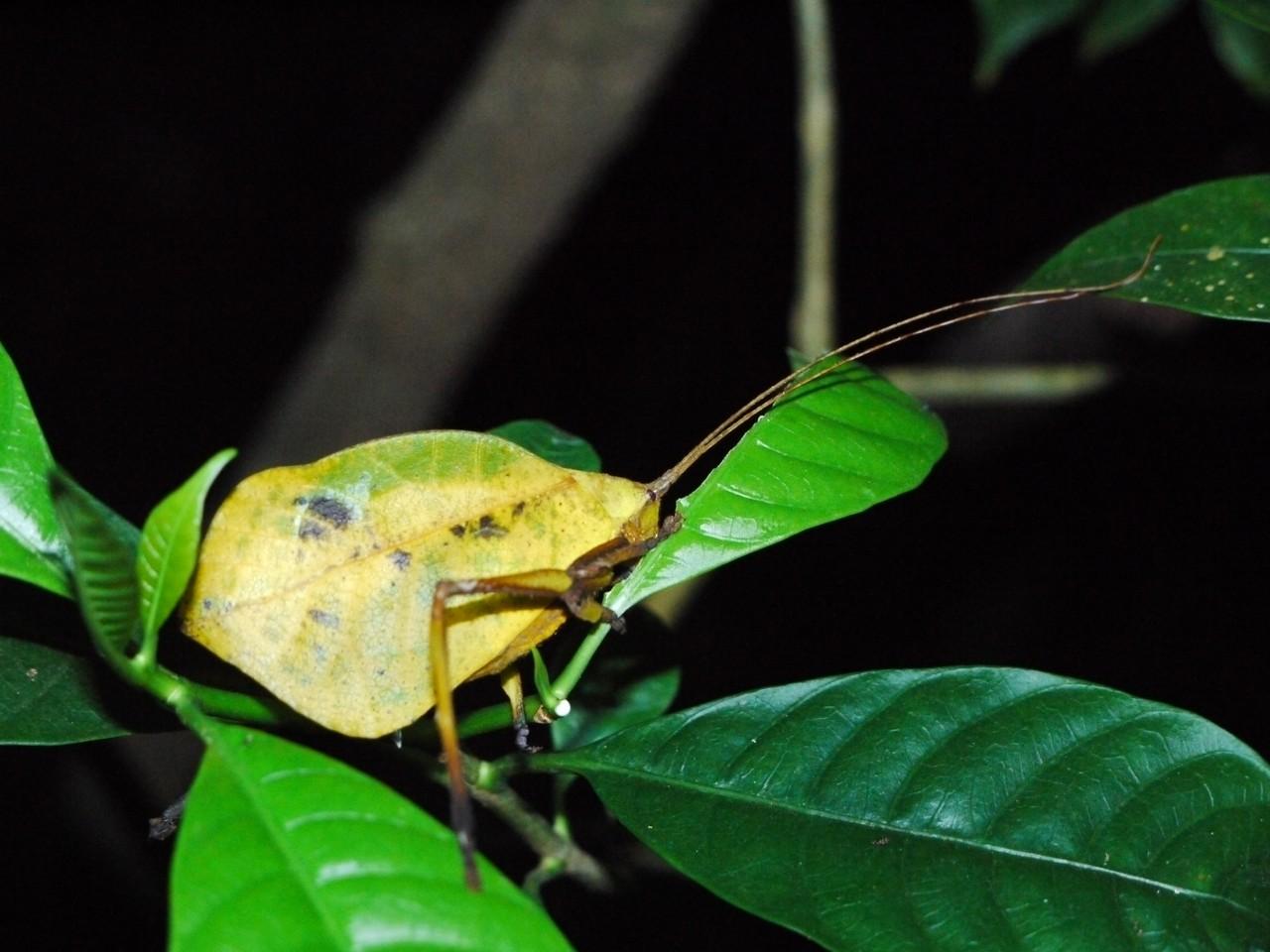
Nice camouflage. Didn’t fool our guide though!
Tarantula
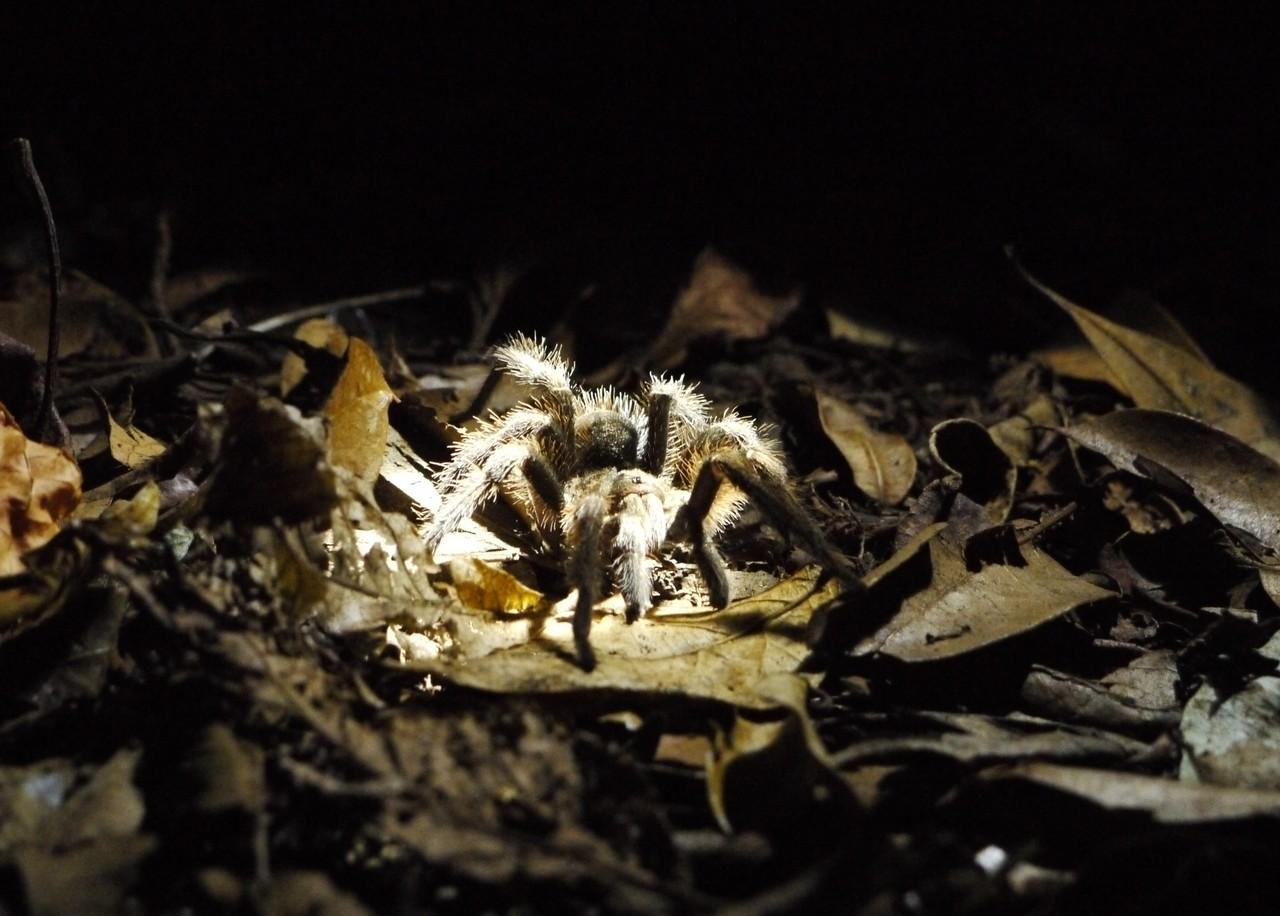
Everyone’s (least) favourite arachnid, even though as spiders go, they’re far from being the most dangerous. They can fire the stinging hairs on their legs for protection. Tarantulas are eaten in some countries - they’re said to taste a little bit like peanut butter.
See more photos from Costa Rica.
